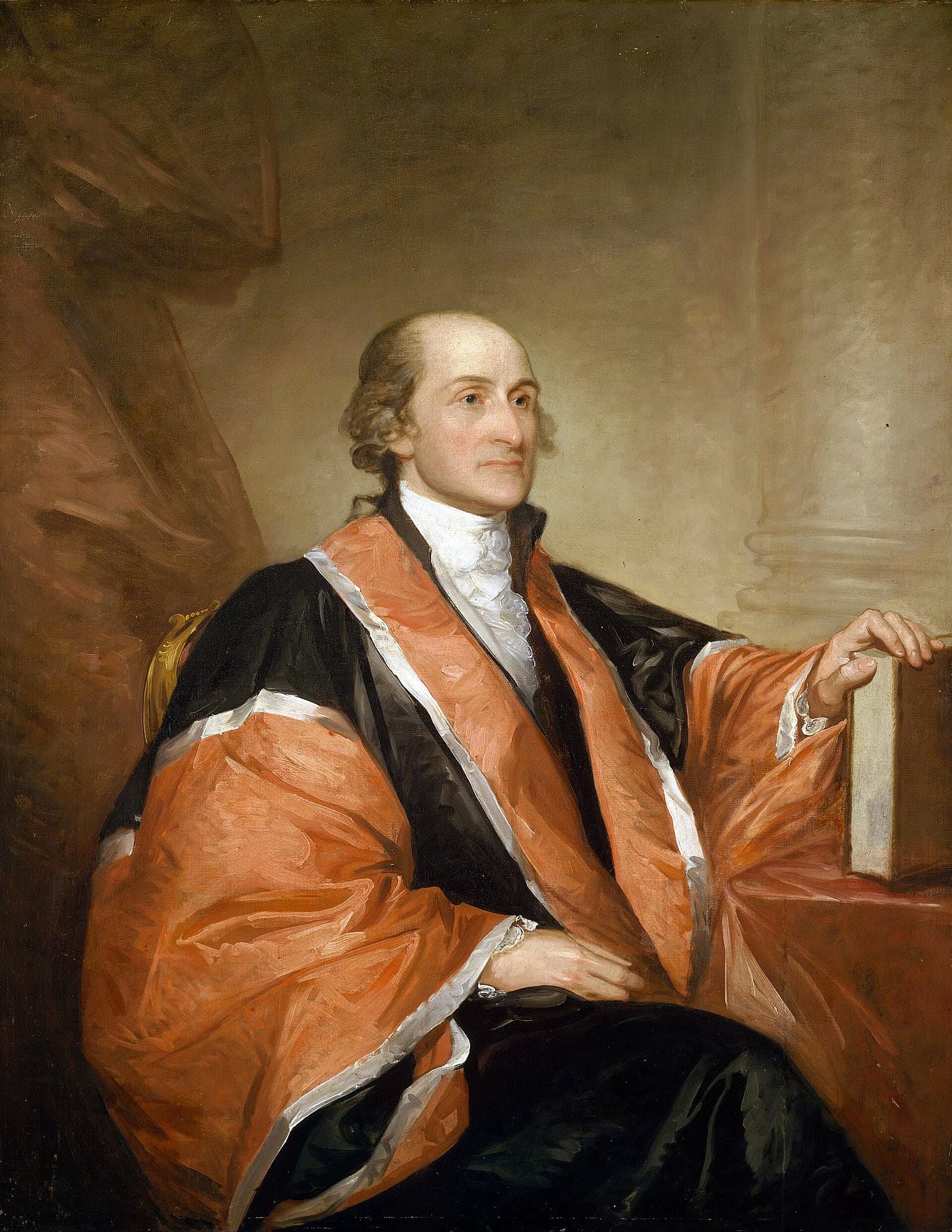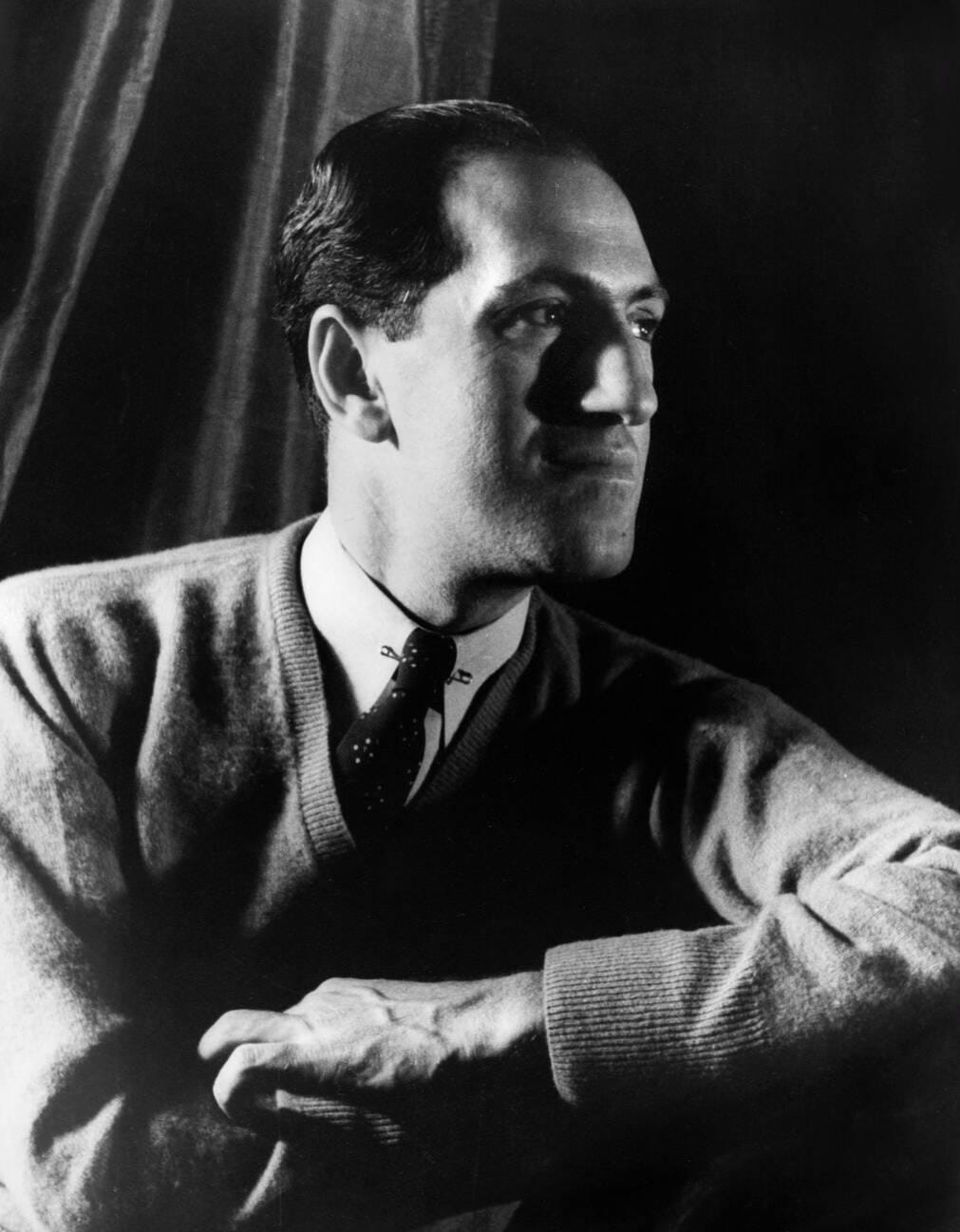This Day in Legal History: John Jay Commissioned
On September 26, 1789, John Jay was commissioned as the first Chief Justice of the United States, marking a foundational moment in the establishment of the American judiciary. Nominated by President George Washington and swiftly confirmed by the Senate, Jay took the helm of the newly formed Supreme Court just one day after the Judiciary Act of 1789 was signed into law. His appointment signaled the beginning of the federal judiciary as a coequal branch of government under the U.S. Constitution.
Jay was already a prominent figure in American political life, having served as President of the Continental Congress, co-author of The Federalist Papers, and Secretary for Foreign Affairs under the Articles of Confederation. As Chief Justice, he led a court that initially had little authority or docket, with its first session delayed until February 1790 due to logistical difficulties and lack of cases.
Despite the Court’s limited power at the time, Jay helped lay the groundwork for its future role. In Chisholm v. Georgia(1793), Jay authored an opinion asserting federal judicial authority over state governments, a controversial stance that ultimately led to the adoption of the Eleventh Amendment. His tenure also saw diplomatic service; while still Chief Justice, he negotiated the Jay Treaty with Great Britain in 1794 to resolve lingering post-Revolutionary War disputes.
Jay resigned in 1795 after being elected Governor of New York and declined a later offer from President John Adams to return to the bench. His brief but influential time as Chief Justice helped define the legitimacy and independence of the U.S. Supreme Court.
The U.S. Department of Justice indicted former FBI Director James Comey, escalating what critics describe as President Donald Trump’s campaign of retribution against political adversaries. Comey faces two charges: making false statements to Congress and obstructing a congressional proceeding, stemming from his 2020 Senate testimony in which he denied authorizing anonymous leaks related to an FBI investigation. The indictment claims he actually did authorize such disclosures. However, the charges are notably sparse, lacking detailed supporting facts or corroborating evidence typically included in indictments of this gravity.
The case has drawn intense scrutiny within the Justice Department. Prosecutors in the Eastern District of Virginia reportedly advised against filing charges due to insufficient evidence, and the district’s top prosecutor resigned last week after expressing concern about political interference. Tensions escalated when U.S. Attorney Lindsey Halligan—formerly Trump’s defense attorney—personally presented the case to the grand jury, an unusual move suggesting top-level involvement. Notably, the grand jury declined to indict Comey on a third proposed charge, highlighting doubts about the prosecution’s strength.
Legal experts and former officials, including Obama-era ethics advisor Norm Eisen, have condemned the indictment as politically motivated. Comey maintains his innocence and says he welcomes a trial. Members of his family, including his son-in-law and daughter, have faced professional consequences, which Comey’s supporters view as further evidence of political targeting. The charges represent a sharp departure from norms intended to shield law enforcement from partisan use.
Former FBI chief Comey charged as Trump ramps up campaign against critics | Reuters
A federal judge in California has preliminarily approved a $1.5 billion class action settlement between authors and the AI company Anthropic, marking a major development in the legal battles over generative AI’s use of copyrighted materials. U.S. District Judge William Alsup described the agreement as fair during a Thursday hearing, though final approval is still pending. Authors Andrea Bartz, Charles Graeber, and Kirk Wallace Johnson brought the lawsuit, accusing Anthropic of training its AI assistant Claude using millions of pirated books without permission.
This settlement is the first in a growing wave of lawsuits targeting companies like OpenAI, Meta, and Microsoft for allegedly infringing on creators’ rights through large-scale data scraping to train AI models. Although Alsup had previously ruled that some of Anthropic’s training practices fell under fair use, he determined the company crossed the line by storing more than 7 million pirated books in a centralized database not strictly tied to AI training.
The judge had initially hesitated to approve the deal and demanded further clarification from both sides, but now appears inclined to allow it to proceed to the notification stage for affected authors. If finalized, the agreement could signal a broader shift toward holding AI developers financially accountable for unauthorized content use. Publishing industry leaders have praised the development as a step toward curbing what they see as systemic, unchecked copyright violations in AI development. Anthropic, meanwhile, emphasized its commitment to safe and responsible AI.
US judge preliminarily approves $1.5 billion Anthropic copyright settlement | Reuters
Kathryn Nester, a seasoned Utah criminal defense attorney and former top federal public defender, has been appointed to represent Tyler Robinson, the man accused of fatally shooting conservative activist Charlie Kirk during a Utah Valley University event on September 10. The state is seeking the death penalty against Robinson, who faces a charge of aggravated murder.
Nester has a history of representing clients in high-profile and controversial cases. She previously defended Lyle Jeffs, a fugitive leader of a polygamous sect convicted of food stamp fraud, and John Earnest, the gunman in the 2019 Poway synagogue shooting, before stepping down due to a conflict of interest. She also defended a Utah doctor accused of destroying COVID-19 vaccines—a case later dropped—and is currently representing Kouri Richins, a children’s author now charged with poisoning her husband.
Her firm, Nester Lewis, has strong ties to Utah’s federal public defense system. Her partner, Wendy Lewis, once represented Brian David Mitchell, the man convicted in the kidnapping of Elizabeth Smart. Robinson’s case is expected to cost Utah County at least $750,000 for the defense alone, with over $1.3 million budgeted for the total prosecution and defense efforts.
Robinson’s next court appearance is scheduled for Monday. Nester has declined public comment on the case.
Attorney representing Charlie Kirk’s accused killer is former top public defender | Reuters
This week’s closing theme is by George Gershwin.
Born on September 26, 1898, George Gershwin occupies a unique place in American music history—standing at the intersection of classical composition, jazz improvisation, and Broadway flair. Raised in Brooklyn to Russian-Jewish immigrant parents, Gershwin began his musical life on the piano and quickly showed an uncanny ability to absorb and reshape the sounds of his time. Though he composed everything from operas to show tunes, it was Rhapsody in Blue, written in 1924 when he was just 25, that cemented his legacy.
Commissioned by bandleader Paul Whiteman for a concert intended to bridge classical and popular music, Rhapsody in Blue was composed in a rush—famously sketched out on train rides and completed with the help of orchestrator Ferde Grofé. The piece opens with its iconic clarinet glissando, a spontaneous flourish during rehearsal that Gershwin decided to keep, and unfolds into a sweeping blend of jazz rhythms, bluesy melodies, and symphonic ambition. It captured something distinctly American—urban, restless, full of promise.
Rhapsody in Blue premiered at Aeolian Hall in New York on February 12, 1924, with Gershwin himself at the piano. The audience included titans like Sergei Rachmaninoff and Jascha Heifetz, and the piece earned immediate acclaim. Though critics at the time debated whether it was truly “serious” music, it has since become a cornerstone of 20th-century composition and a symbol of American cultural identity.
For Gershwin, Rhapsody in Blue was not a departure from classical form but a statement that American music—jazz, blues, Tin Pan Alley—deserved a place in the concert hall. More than a century later, it remains as fresh and vibrant as the city that inspired it.
Without further ado, George Gershwin’s Rhapsody in Blue, the first movement–enjoy!














